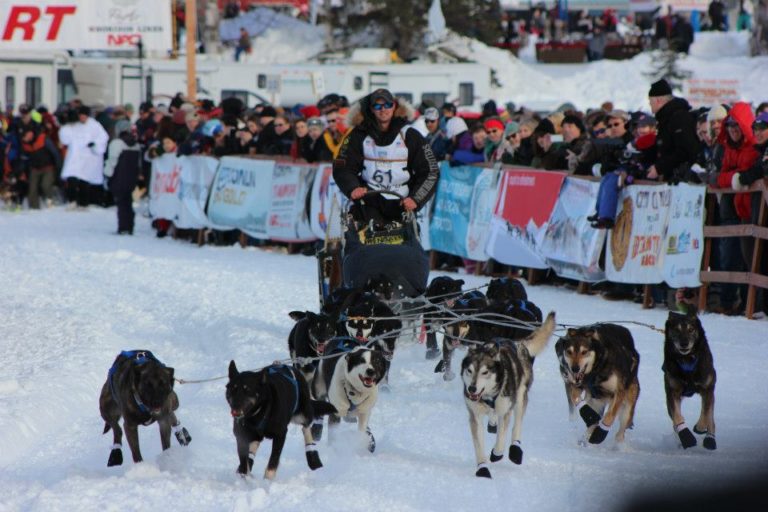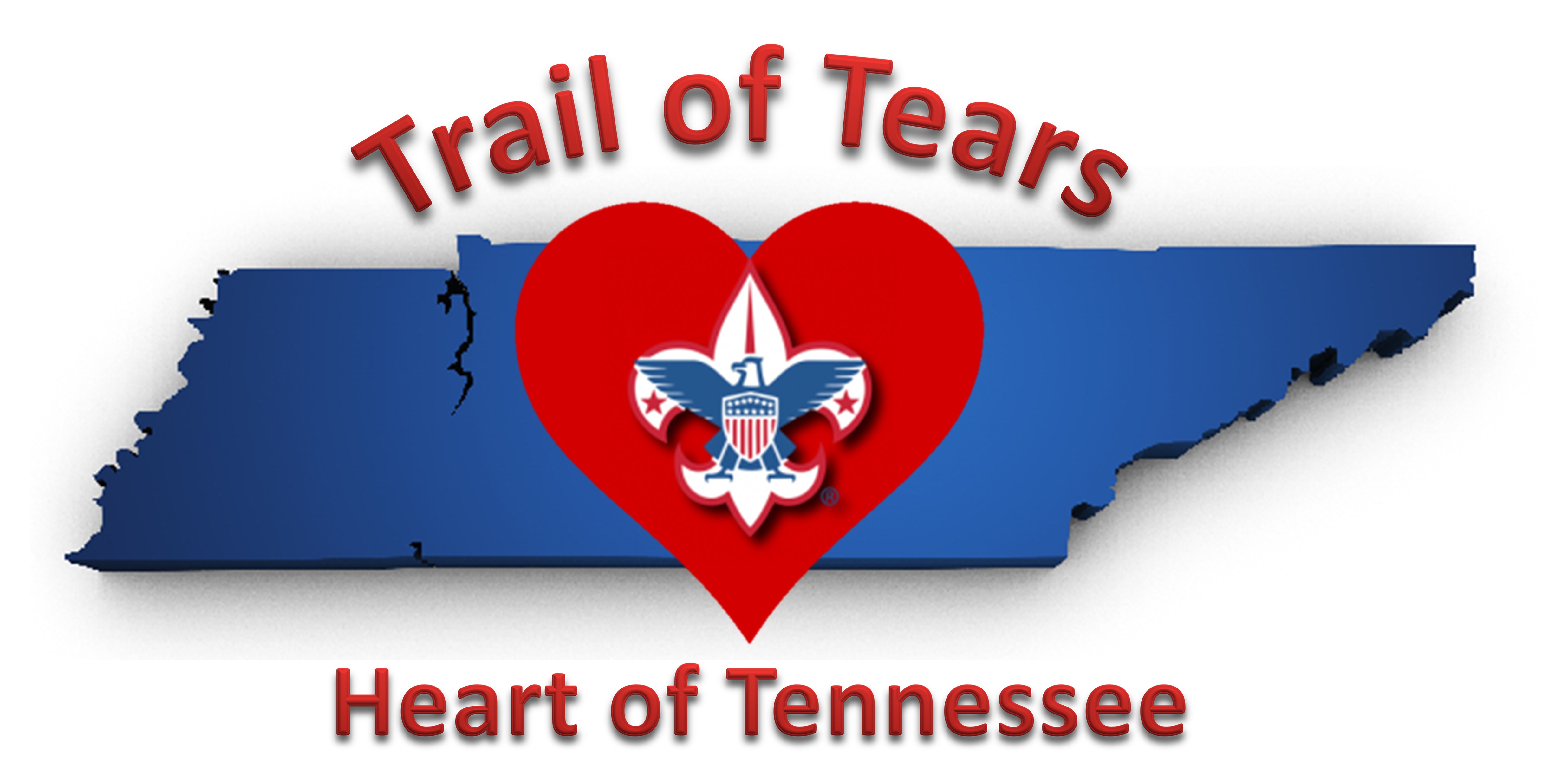
Yesterday, we highlighted Tom Schonberger, an Eagle Scout and National Eagle Scout Association lifetime member, who got caught in unfavorable conditions while mushing in his first Iditarod sled dog race in Alaska earlier this month. Read his story here.
He wasn’t the only Eagle on the 1,000-mile trail.
Eagle Scout Matthew Failor — in his seventh Iditarod — mushed his way to his best result, crossing the finish line in 13th place after 10 days, 5 hours, 53 minutes and 52 seconds on the trail. It wasn’t his fastest time ever (he did it in 9 days, 16 hours, 42 minutes in 2014), but it proved faster than many in the 67-person field.
Failor’s team of Alaskan huskies mushed through blizzards and deep snow. Some stretches took a couple hours longer than they’d normally take.
“It was very challenging,” Failor says. “Every year presents different weather and trail challenges. This year, some of the trail was downright gone.”
It’s important not to push the dogs and race at a pace right for the team. The dogs are pulling a couple hundred pounds with the sled, musher and gear. When the team rests, the musher is taking care of them, feeding and massaging the dogs. Failor usually got an hour of sleep every 10 hours.
In the home stretch, Failor battled for position with musher Ketil Reitan. The two mushers went back and forth in the last several miles before Failor finally edged him by 12 seconds.
“The dogs did amazing,” Failor says. “I’m thrilled and very proud of them. They worked very well together.”
Prepared for the race
In the offseason, Failor runs a 53-dog kennel in Alaska and facilitates rides for tourists. Come September though, it’s time to train. Failor runs his dogs in a few races leading up to the big race in March. He doesn’t have to qualify for the Iditarod like Schonberger did since he’s raced in it before. Sixteen dogs are chosen for the sled team; most are between 2.5 to 5 years old.
“They all need to travel at the same speed,” Failor says.
He evaluated his team this year as “sophomores” racing against other teams with more experience. The winning team finished the race in 9 days, 12 hours. He says next year, his team could be faster.
We met with Failor a few years ago. Watch how he prepares for Iditarod:
Failor’s time in Scouting helped prepare him for the rugged life in “The Last Frontier.” After he moved from Ohio to Alaska, he lived in a log cabin for two years without running water. He loves the Alaskan lifestyle and that the Iditarod represents the history and resiliency of the people who live there. Machines can break down in the bitter cold, but dogs can mush on.
“The trails are the streets, and they’re filled with so much history of ancient traveling,” Failor says. “It’s a different way of life.”

Powered by WPeMatico
